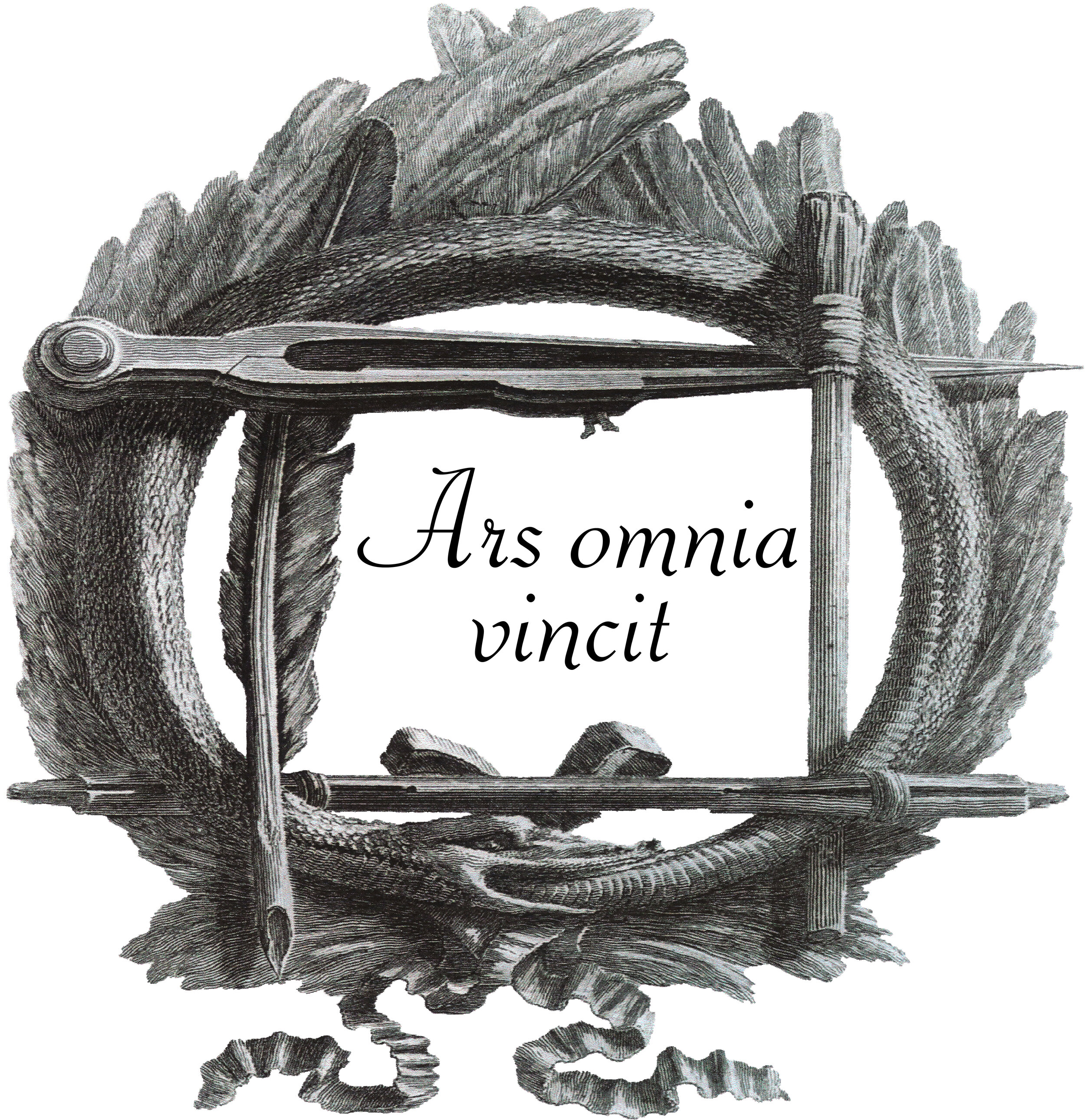Exceptional intaglio "Choice of Hercules" Prince Poniatowsky collection


Exceptional intaglio "Choice of Hercules" Prince Poniatowsky collection
A superb, very rare and large carnelian (sardonyx) intaglio with mythological subject within a tested 18kt gold frame with white enamel and cabochon rubies.
The dimension of the gem is 6.5 cm wide and 4.5 cm tall
The gold frame is apparently not stamped and hallmarked but because of the extremely high quality and use of enamel and cabochon rubies it could be attributed to the Carlo Giuliano jewellery firm: Carlo Giuliano (1831–1895) was a goldsmith and jeweller operating in London from 1875. He started work in Naples for Alessandro Castellani and was sent to London to establish a branch of the Casa Castellani. He left Castellani's employ in 1867 and in turn worked for Robert Phillips, Harry Emanuel, Hunt & Roskell, and Hancocks & Co - all leading London jewellers. In 1875 he set out on his own, starting a retail outlet at 115 Piccadilly, and specialising in Renaissance-style design.
The subject represented is the so called "Choiche of Hercules" or "Hercules at the crossroads between the Vice and the Virtue". It shows Hercules in the middle seated on a rock with his club between, on the left a naked woman Venus with worldly pleasures, the easier path, is enticing him to the vice offering him a cup and Cupid flying on his shoulder. On the other side Minerva dressed in her armour with the owl, symbol wisdom, perched on the near tree, representing the Virtue is calling him to the hardest path leading to glory through hardship.
The intaglio was possibly part of the large collection of S.A. the Prince Stanislas Poniatowski because we found the cast of another gem with exactly the same subject and most certainly by the same artist in the collection.
Prince Stanislas Poniatowski (1754-1833) the wealthy nephew of the last King of Poland commissioned about 2500 gems and encouraged the belief that they were, in fact, ancient. The greater part was the product of a group of gem-engravers in Rome who turned to Classical literature, especially the works of Homer, Vergil and Ovid for inspiration, and not to the many ancient Classical representations which had inspired much Neo-Classical art. As such, it seems to have been generally overlooked as a source for such later depictions of mythological subjects, although comparable works by other Neo-Classical artists, in Britain and on the Continent have been well studied.
Poniatowski published a summary catalogue of his gems, Catalogue des Pierres Gravees Antiques de S.A. le Prince Stanislas Poniatowski, in 1830, with more elaborate descriptions following in two versions in 1833. His collection was sold after his death at a Christie’s auction in 1839 (April 29-May 21). The gems were later recognized as ‘modern’, The majority was acquired by John Tyrrell, but some were purchased by others. All have been widely dispersed ever since.










